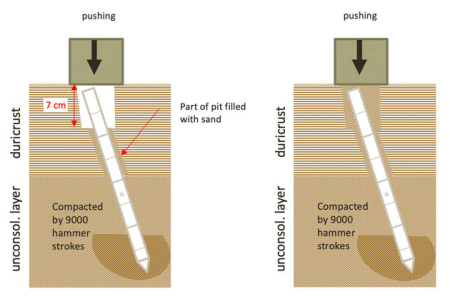A journalist blasts the New York Times in resignation letter
Link here. It appears that the author of this resignation letter, Bari Weiss, had been hired by the New York Times after the 2016 election because the editors there had realized the paper had become to captured by its leftist bubble and had misread the public’s support for Trump in the election. Weiss, whose credentials suggest a more well-rounded background, was hired to give the Times a peek outside its leftist bubble.
Well it appears the Times and its employees don’t really want that peek. From the resignation letter:
The paper of record is, more and more, the record of those living in a distant galaxy, one whose concerns are profoundly removed from the lives of most people. This is a galaxy in which, to choose just a few recent examples, the Soviet space program is lauded for its “diversity”; the doxxing of teenagers in the name of justice is condoned; and the worst caste systems in human history includes the United States alongside Nazi Germany.
Even now, I am confident that most people at The Times do not hold these views. Yet they are cowed by those who do. Why? Perhaps because they believe the ultimate goal is righteous. Perhaps because they believe that they will be granted protection if they nod along as the coin of our realm—language—is degraded in service to an ever-shifting laundry list of right causes. Perhaps because there are millions of unemployed people in this country and they feel lucky to have a job in a contracting industry.
Or perhaps it is because they know that, nowadays, standing up for principle at the paper does not win plaudits. It puts a target on your back. Too wise to post on Slack, they write to me privately about the “new McCarthyism” that has taken root at the paper of record.
None of this really is a surprise. Persecution is now cool, and the leftist orthodoxy that controls academia and journalists at the Times all want to be cool.
Worse is yet to come. Be warned. They’re coming for you next.
Link here. It appears that the author of this resignation letter, Bari Weiss, had been hired by the New York Times after the 2016 election because the editors there had realized the paper had become to captured by its leftist bubble and had misread the public’s support for Trump in the election. Weiss, whose credentials suggest a more well-rounded background, was hired to give the Times a peek outside its leftist bubble.
Well it appears the Times and its employees don’t really want that peek. From the resignation letter:
The paper of record is, more and more, the record of those living in a distant galaxy, one whose concerns are profoundly removed from the lives of most people. This is a galaxy in which, to choose just a few recent examples, the Soviet space program is lauded for its “diversity”; the doxxing of teenagers in the name of justice is condoned; and the worst caste systems in human history includes the United States alongside Nazi Germany.
Even now, I am confident that most people at The Times do not hold these views. Yet they are cowed by those who do. Why? Perhaps because they believe the ultimate goal is righteous. Perhaps because they believe that they will be granted protection if they nod along as the coin of our realm—language—is degraded in service to an ever-shifting laundry list of right causes. Perhaps because there are millions of unemployed people in this country and they feel lucky to have a job in a contracting industry.
Or perhaps it is because they know that, nowadays, standing up for principle at the paper does not win plaudits. It puts a target on your back. Too wise to post on Slack, they write to me privately about the “new McCarthyism” that has taken root at the paper of record.
None of this really is a surprise. Persecution is now cool, and the leftist orthodoxy that controls academia and journalists at the Times all want to be cool.
Worse is yet to come. Be warned. They’re coming for you next.



